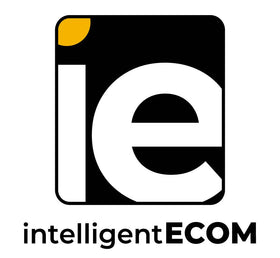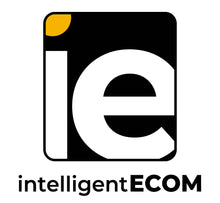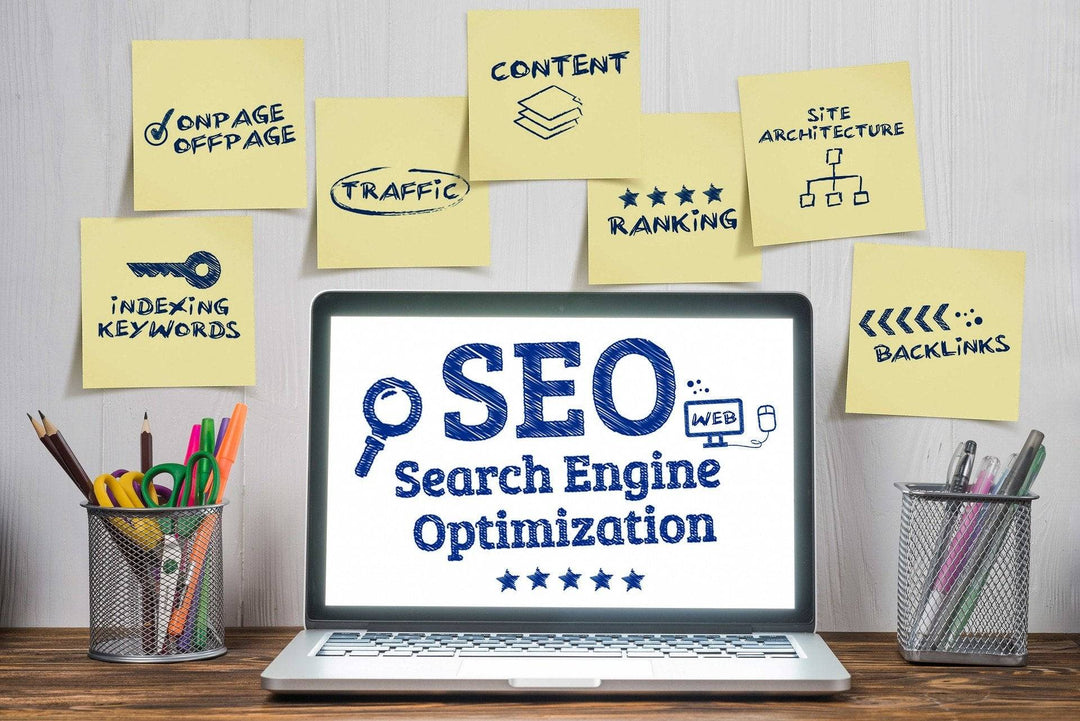A successful demand generation strategy increases brand awareness and authority while producing smart, engaging content that generates attention and leads. Demand generation may help a company's marketing communications appear more authoritative and credible to potential customers, and it can also assist in raising income by cultivating strong leads. The goal is to take them through the buyer's journey until they qualify as a lead.
What is the distinction between demand generation and lead generation?

These two tactics (though they are commonly referred to as the same thing) have completely distinct objectives. A lead generation approach focuses on turning an engaged audience into leads by direct outreach, whereas demand generation aims to establish brand knowledge and authority so potential buyers may confidently enter the buying track.
Read More: TOP 7 CUSTOMER RETENTION STRATEGIES TO HOOK YOUR CUSTOMERS
Demand Generating Tactics for B2C and B2B
In most B2C businesses, only one person has to buy in: the consumer (and maybe their spouse or family). B2B marketers, on the other hand, must frequently secure the support of whole teams, key decision-makers, and, in some cases, entire departments.
For B2B firms, this all adds up to a substantially longer sales cycle. A B2B purchasing decision might take six months or even more than a year in some situations. Decisions are taken after extensive debate by a variety of parties and approvals from various levels of the organisation.
As a result, your B2B demand creation efforts are merely one stage in the sales funnel development process.
Benefits of Strategizing Demand Generation

Improves Brand Awareness
Enterprise demand generation strategies are awareness builders that do simply drive traffic to your website. Inbound marketing strategies that are well-executed help your brand reach out to consumers who may not yet require your goods. Those digital demand generation activities, on the other hand, develop trust and awareness over time when people see your brand in thought leadership pieces, on stage at industry conferences, or mentioned on social media.
Improve Lead Generation
Despite the fact that demand generation has a greater scope than lead generation, a well-executed demand generation strategy results in a considerable increase in leads. Demand generation, when done correctly, fills the top of the funnel with a steady supply of new potential leads. A certain number of these may result in high-quality leads right away. Lead nurturing, on the other hand, might take months or even years, depending on your business and product.
Boost Your Revenue
More revenue equals more qualified leads. As you construct your pipeline, nurture it, and establish a comfortable, constant rapport with your audience, you can anticipate results not just within a few months but also over the long term as you build, nurture, and establish a consistent relationship with your audience.

Best Demand Generation Marketing Practices
-
Establish a brand identity that is consistent.
The most effective demand building is varied in nature, incorporating several formats and generating many client touchpoints. However, to make each piece of your efforts part of a coherent, good experience, you must be consistent.
Brand recognition is crucial for a steady flow of quality leads in today's competitive sales and marketing marketplace. While it may appear simple, creating brand recognition entails more than merely attracting the attention of a potential customer.
A real and enduring brand awareness approach presents potential buyers with a good, lingering impression of a firm, increasing their likelihood of trusting that company when it offers answers to the customer's difficulties or wants.
Maintain consistency in your branding, voice, style, and messaging across all consumer touchpoints. Make sure that every piece of content you create reflects your brand's ideals. More significantly, they should be instantly identifiable as your company's logo.
2. Collaborate Closely with Salesforce
Use compelling, visually differentiated calls to action (CTAs) that are tailored to each character to direct potential consumers to your sales staff. The sales staff takes control when the prospect inputs their information and is designated a qualified lead. They may then assist them with the balance of the sales process.
To enhance information sharing, it's critical to combine your sales and marketing activities. Understanding which kind of material resonates with a prospect might help the sales team. Lead score data may also help the marketing team figure out which digital marketing platforms are the most effective (PPC vs SEO, email marketing, etc.).
3. Create Buyer Personas and Path Maps for Your Customers

Make your audience the focal point of your demand generating efforts. To do so, you must first understand buyer personas and how to influence them. Map your consumer personas to the customer journey after you've created them.
Consider your personality and journey maps as characters and events in a film. Strengths, flaws, pain areas, and motivators are all present in each character. They go through periods of both growth and dissatisfaction.
You can sell to your target more successfully if you have a deep understanding of who they are. Your material will have a higher level of resonation, and you'll collect more contact information.
Relevant Reading: TOP 8 STRATEGIES TO OPTIMIZE YOUR STORE FOR BRANDED SEARCH
4. Leverage the Use of Demand Generation Software
Demand generating software aids in the creation of consumer enthusiasm for your goods and services. They provide valuable tools to assist you in developing and implementing an effective marketing strategy. They may be used by marketing teams to develop and maintain long-term customer connections and leads.
The following are some of the most important characteristics of a good demand generation software:
- Ensure data activities that are integrated
- Provide a culture that prioritizes return on investment
- Build a content strategy that is holistic
- Offer lead monitoring with the best practises
- Comprehensive tracking software
- Streamline relationships that are more personalised
- Provide value to customers and ensure their satisfaction
5. Examine and Improve Campaigns
Demand generation tactics that work are heavily data-driven. Examine the results of each piece of content in detail by topic or offer, keeping note of:
- Visibility
- Conversion rates for overall traffic and organic traffic
- Prospecting for quality leads (MQLs)
- Leads that are sales qualified (SQLs)
Recommended Reading: GOOGLE AD STRATEGY FOR ECOMMERCE: TOP TRENDS YOU MUST USE IN 2022
6. Create a Content Marketing Plan
Building industry knowledge goes hand in hand with brand recognition as a vital component of dependable demand generation. From your initial engagement with a potential consumer, your brand is perceived as an authority in its sector, indicating industry competence.
This level of knowledge helps to establish client confidence and paves the way for key discussions regarding consumer pain spots and the solutions your company can provide. The greatest method to establish expertise is to have a good content marketing strategy that provides timely, helpful insights at each stage of the purchasing cycle.
Providing material that addresses consumer issues and queries as they progress through the purchasing process, increases purchase confidence and brand reputation. Customers will remember your brand as a market guide and search for it in the future.

Develop curated or customized content to satisfy the demands of a certain type of high-value leads if you have marketing resources. This might refer to leads who are most likely to convert or those who are willing to spend the most money with your firm. Use segment-specific data to create content and call-to-action (CTAs) that assist buyers through the buying process and anticipate queries and issues that your high-value leads could have.
Include content that addresses objections from the first moment a lead sees your product or service through their last purchase questions. While in doubt, focus on the major reasons customers think about a product or service provider when they're doing their initial research.
7. Invest in Marketing with Partners
The current fast change from face-to-face to virtual company encounters necessitates a greater emphasis on digital marketing. Even when companies revert to safe, in-person relationships with customers and employees, the responsive digital marketing
Companies must communicate their messages online, but managing pay-per-click (PPC) campaigns on their own may be tough. Your company may access a tailored, prescreened audience by partnering with a third-party source.
Many businesses begin using the widest search and social media channels but later struggle to focus their messaging. Finding a partner that has already carved out a niche for your message is a far easier method to get your message in front of the correct individuals.
Kickstart Your Demand Generation Strategies
To increase income, a planned content strategy is required to raise awareness, create and nurture possibilities, and drive participation. A solid demand generation plan can help your company generate consistently high-quality leads and, as a result, flourish.
Check out eComIntegrate for additional resources like these, as well as opportunities to collaborate with digital marketing experts to improve your eCommerce.
[nerdy-form:11564]






Leave a comment